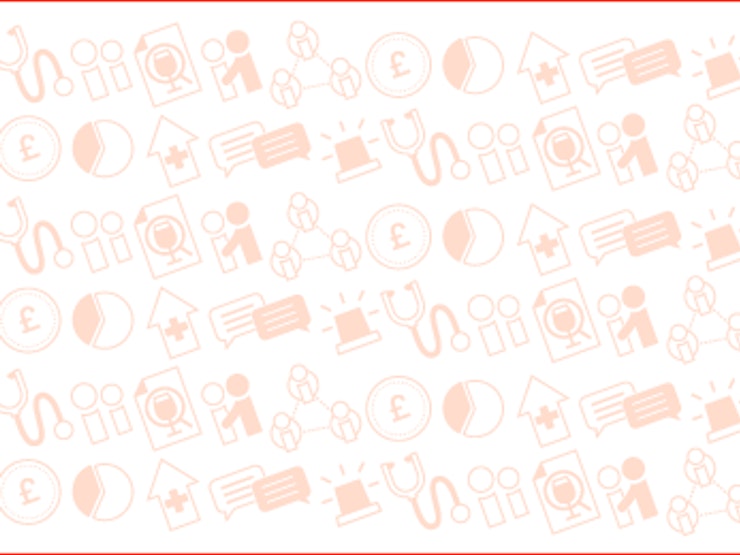Note: This report was funded and/or written by our predecessor organisation Alcohol Concern.
English | Cymraeg
11 November 2013
Executive summary
The dangers of driving when under the influence of alcohol are well understood. Alcohol produces a range of well-known effects on the human brain and body, including slower reactions and poor co-ordination, all of which can lead to greatly increased risk of injury and death on the roads. In recognition of this danger, a variety of blood alcohol limits for driving have been set around the world. The UK has one of highest limits in the world at 80mg of alcohol per 100ml of blood. In 2010, the North Review recommended that the UK’s blood alcohol limit be reduced to 50mg, bringing it in line with much of the rest of Europe. This will shortly be implemented in Scotland, although not elsewhere in the UK.
Public understanding of the legal limits for alcohol in the body when driving remains low, and many drivers measure how much alcohol they can safely drink by the unreliable method of counting number of drinks they have had. Encouragingly, however, more than half of drivers in Wales say they would never have any alcohol prior to driving. There also appears to be little evidence in Wales to support the belief that driving under the influence of alcohol is more accepted in rural areas.
The introduction of roadside breath testing in 1967 – backed up by severe penalties for driving under the influence of alcohol – has undoubtedly had a massive impact on drinking and driving in the UK. Concerns remain, however, that some drivers continue to drink before getting behind the wheel, in the belief that they are unlikely to be caught. Senior police officers have also expressed concern that their powers to check drivers for their fitness to drive are less than their powers to check the roadworthiness of vehicles. Alongside this, recent Department of Transport estimates suggest that the number of people killed in drink drive accidents actually rose by around 25% between 2011 and 2012, after many years of decline, making up 17% of all reported road deaths in 2012.
Whilst most attention has quite correctly been focussed on the person who makes a decision to drive or not drive under the influence of alcohol, questions have been raised about the potential role of those selling alcohol in reducing alcohol-related harm on our roads. Awareness campaigns about drinking and driving have proven effective, particularly when backed up by firm enforcement of relevant laws, but there are big questions to be addressed about the role of alcohol companies in promoting safety on the roads.
There is a widespread belief, to some extent encouraged by the drinks industry, that “drunk drivers” are an aberrant group beyond the pale of normal drinking society. Conversely, Alcohol Concern argues that we as a drinking society need to have an open and honest debate about how much, when and why we drink and about how this impacts on our lives.
In order to push down levels of drink driving, and to promote an alcohol-free driving environment, Alcohol Concern makes the following recommendations:
Recommendation 1
As recommended by the North Review, and in line with common practice in most of the European Union, the blood alcohol limit for driving in England and Wales should be reduced from 80mg to 50mg per 100ml of blood. If this reform is not taken forward by the UK Government, the necessary powers should be devolved to the National Assembly for Wales. Any change to the blood alcohol limit will need to be accompanied by national publicity explaining the change and its implications.
Recommendation 2
At whatever level the blood alcohol limit is set, all messages relating to drinking and driving should emphasise that even small amounts of alcohol will impair a driver’s ability to control a vehicle, and make clear that avoiding alcohol entirely before driving is the safest option. Emphasis should also be placed on the dangers of driving the morning after an evening’s drinking, and on the potential legal penalties for driving over the limit.
Recommendation 3
Given the obvious conflict of interest between the commercial imperative to promote both the sale of particular alcoholic products and the use of alcohol in general, and the aim of promoting moderate alcohol use and appropriate abstinence, the alcohol industry should have no role in devising and presenting education and information about sensible drinking, including anti-drink driving campaigns.
Recommendation 4
In order to increase the perceived likelihood of being apprehended when driving under the influence of alcohol, police in England and Wales should be given powers to stop and test drivers for alcohol at any time, even where there is no evidence of a specific offence – so called “random breath testing”. As noted in the North Review, “it is only sensible and appropriate for the police to use this extended power in a targeted and intelligence led way”.
Recommendation 5
Given the clear dangers of making alcohol available for consumption by motorists who are likely to be travelling at or above the national speed limit, the current prohibition on the sale of alcohol at motorway service stations should remain in place.
Recommendation 6
Comprehensive research should be undertaken into the relevance and applicability to the UK of:
- “Open container” laws, looking in particular at police records of the presence and importance of open containers of alcoholic drinks in vehicles involved in collisions
- Ignition interlocks, particularly for public service and commercial vehicles
